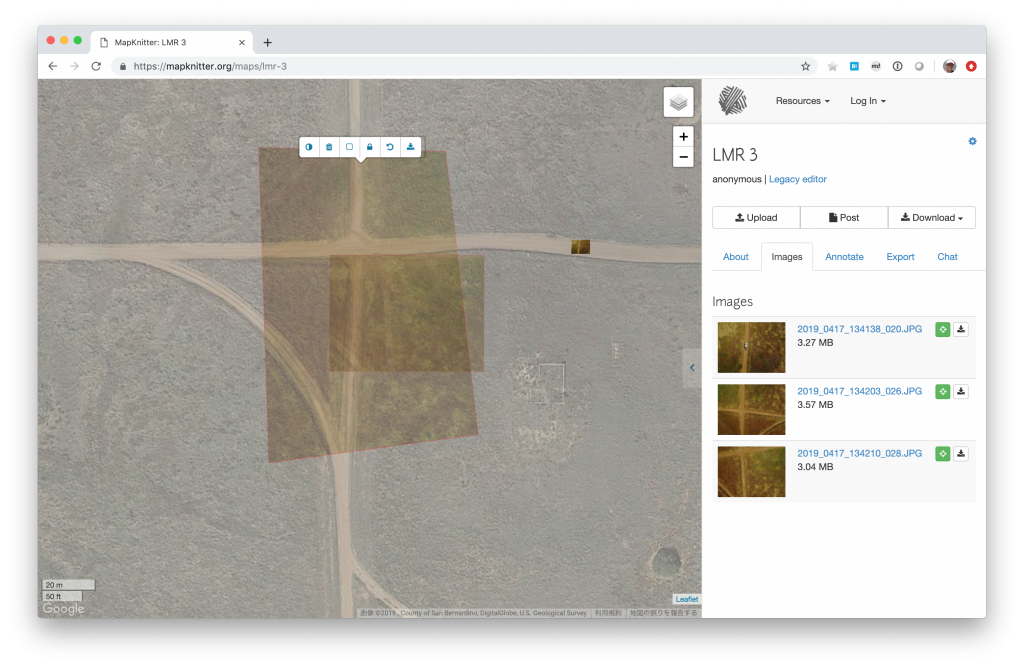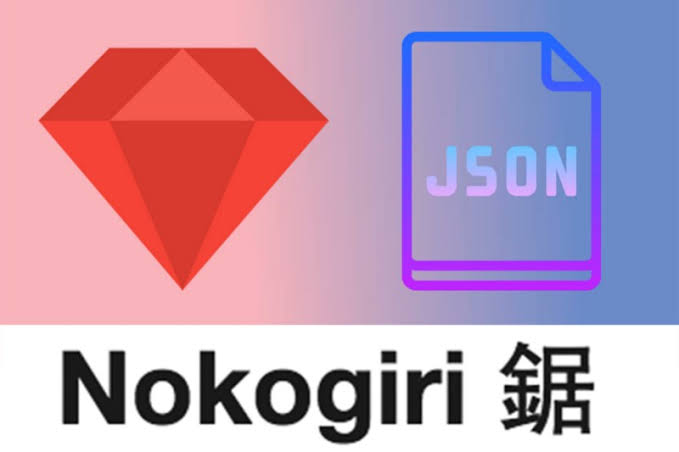Ruby is best described as a dynamic, reflective, object-oriented, and multipurpose programming language. The creator, “Matz”, Matsumoto modeled and created this language in the 1990s (in Japan). Ruby on Rails has drawn people’s attention to Ruby because it quickens the development of web applications. But that’s not the only good thing about Ruby. Beginners just getting to know about the programming language will so much love it when they finally discover how beautiful it is.
Some examples of real-life usage of Ruby are Full-stack web development, Web scraping and crawling, parsing, data cleaning and filtering, etc. Having listed all these, our focus in this article is to expose beginners to some really nice project ideas they can practice on their own. So get prepared and ready to know about some common Ruby project ideas to help you sharpen your skills in the Ruby programming language.
1. JRuby
In short, the idea here is to create a software for the implementation of Ruby on the Java Virtual Machine. In addition, JRuby is simply a free software under EPL/GPL/LGPL license.

Features:
- It is well integrated with Java with the aim of permitting the embedding of the interpreter into any Java application with full two-way access between the Java and the Ruby code
2. Sinatra
Sinatra is simply a free and open-source web-based software application library and domain-specific language. In addition, it is mainly written in the Ruby language.

Features:
- Most importantly, it’s called Sinatra after musician Frank Sinatra
- It relies on the Rack web server interface
- In conclusion, you can call it an elegant web-development dressed in a domain-specific language
3. Goby
In short, this is simply a Ruby framework for building text-Role-PlayinGames.
Features:
- Free and Open Source
- It has support for interesting features like 2D map development, background music, monster battles, customizable items & map events, stats, equipment, etc.
4. Hanami
To sum up, this is just a Ruby modern web framework.
Features:
- Simple and efficient
- It executes in a very fast manner
- Furthermore, it is a lightweight software but it’s super-rich with features
5. Chef
This system integration framework is developed purposely for giving the advantages of configuration management to users’ full infrastructure.
Features:
- It is known as a strong automation platform that does the transformation of infrastructure into code
- In conclusion, it automates at any length how infrastructure is configured, deployed and managed across any environment
6. Ohai
In short, this is best described as a tool for collecting system configuration data. In addition, this information is given Chef Infra Client for utilization within cookbooks.
Features:
- Most importantly, it engages in profiling systems and emits JSON
- In conclusion, system information data collected by Ohai are operating system, network, memory, host names, disk, etc.
7. PublicLab
This is simply an open-source publishing platform that is mainly used for environmental projects.
Features:
- It measures pollution at low cost
- Sensor data and open hardware development
8. Fluentd
To sum up, this particular tool helps in collecting events from many data sources and writes them to NoSQL, SaaS, RDBMS, etc.

Features:
- In short, it is just an open-source log collector
- Simple and flexible
9. Osem
This is simply known as an Open-source Event Manager. In addition, it is an event management tool establish for Free and Open Source Software conferences.

Features:
- It assists users in calling for papers in their community. In addition, it receives, classifies, evaluates, and schedules submission for users’ events.
- Osem also comes handy in helping you to communicate the value of your event. Furthermore, it allows users to register and buy your ticket for every of your event.
10. Open-Build-Service
This generic system is aimed at building and distributing packages from sources in a computerized, uniform, and reproducible way.
Features:
- Open Build Service needs contributors to help them generally improving the content quality of their community
- You can also join their community in participating in the issues thread or better still, begin your own to have your voice heard
- They need your expertise in expanding
11. Bolt
In short, Bolt is simply a command-line application for the Ruby programming language. In addition, it makes use of SSH and WinRM to execute, commands, scripts, and tasks on remote systems.
Features:
- It is simply an open-source Ruby on Rails content management system.
- In addition, it allows users to edit, modify and punish content in a bid to maintain a website
12. Chatwoot
To sum up, this is just an open-source customer support platform. Furthermore, it does the same work as Zendesk, Intercom, Drift, etc.

Features:
- It is used for managing conversations, building relationships, and fascinating customers
- Furthermore, it is also utilized for improving the productivity of businesses support team
- In conclusion, it is used for maintaining a great consumer experience
13. Mapknitter
In short, this is simply a software application for combining aerial images into a map or composite image.

Features:
- In conclusion, it is mainly used for turning aerial photos got from balloons and kites into maps
14. Ruby on Rails
This is best described as an open-source web application framework. Furthermore, it is one of those tools written in Ruby language.

9 Industries Where Flagship Companies Use Ruby on Rails — Rubyroid …
Features:
- It makes web development more fun and easier. That is to say, you won’t generally need to write too many codes for a project using it
- In conclusion, everything you need in successfully developing an application is included in it
15. Faker
Users can simply use Faker, widely known as a Ruby library, to generate fake data. For example, these data might include addresses, phone numbers, names, etc.

Features:
- This particular software application comes handy in taking screenshots, and real-looking data
- It also randomly generates data
16. Postal
This is best described as a richly featured mail delivery platform well designed for incoming and outgoing emails.

Features:
- Open Source
- Many websites and web servers use it as a mail server
- It’s created by aTech Media
17. Huginn
In short, this system is used for creating agents that help users to perform automated responsibilities on the internet. In addition, these agents become so handy in reading the web, taking note of events, and taking responsibility on behalf of users.

Features:
- In short, agents of Huginn helps in developing and consuming events
- It helps in sending and receiving WebHooks
- Furthermore, it helps in tracking the weather and getting users notified on the next raining days
- Huginn take note of air travel or shopping deals
- And many more amazing features
18. Discourse
This discussion platform is mainly used as a mailing list, discussion forum, and long-form chat room.

Features:
- To sum up, it is a complete open-source Forum software
19. Puma
In short, this is a web server for Ruby that is created specifically for concurrency.

Features:
- Simple and straightforward
- It runs fast in execution
- In conclusion, it’s a full concurrent HTTP 1.1 server taking on Ruby/Rack applications
20. Vagrant
You can describe Vagrant as a software application for developing and distributing development environments. In addition, it helps in getting the framework and configuration format in developing and managing full portable development environments.

Features:
- Firstly, Simple and strong
- In addition, it is cross-platform. That is to say, it runs on Mac, Linux, Windows, etc.
21. Nokogiri
To sum up, this is simply a parser for HTML, XML, SAX, and Reader. Furthermore, it makes use of XPath or CSS3 selectors in searching documents.

Features:
- Most importantly, it’s popularly known for parsing and searching documents
- A builder for XML/HTML
- In addition, It’s also a push parser for XML/HTML
- In conclusion, it’s a SAX parser for XML/HTML
Conclusion
Project ideas for Ruby language can’t come better than the common examples we have discussed in this article. They are systematically explained in a way to make you understand them better. In conclusion, feel free to look for more resources on how to make these projects happen on your own.

